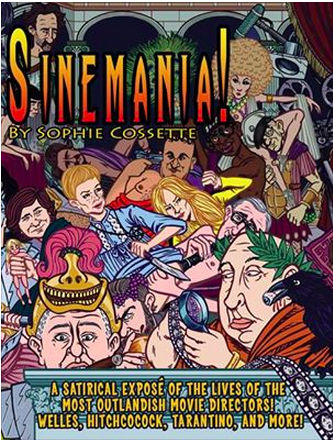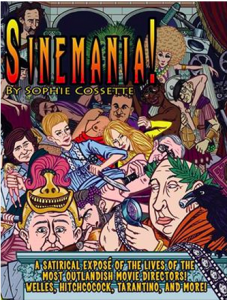Sixteenth century Siena is not exactly a period most people are accustomed to hearing about, especially when it involves young revolutionary women.
It was a period of political turmoil, economic decline and unknown art production. However, this was the period that professor Konrad Eisenbichler found himself emerged in during his translation of Agnolo Firenzuola’s On the Beauty of Women.
A professor in the Renaissance studies program and in the department of Italian studies at the University of Toronto, Eisenbichler is also the current president of the Canadian Society for Italian Studies and has published several works that focus on the Italian Renaissance.
Last Wednesday, he gave a public lecture at Concordia to discuss his latest publication, “The Sword and the Pen: Women, Poetry and Politics in Sixteenth-Century Siena,” a work that took him 15 years to write.
Eisenbichler’s interest in these unusual Italian women began when he was working on On the Beauty of Women and came across an intriguing female activist, Laudomia Forteguerri. Researching this particular lady, he found that she was not the only activist in 16th century Siena. Actually, there were many other Sienese women engaged in politics and poetry. Suddenly, he had himself another project to work on.
Although his book is filled with strong young ladies, he focuses on three women and their sonnets and poems.
Laudomia Forteguerri, was nonconformist and unafraid of breaking conventions. Her first appearance was in Marcantonio Piccolomini’s dialogues published in 1538, where she is depicted as someone skeptical of God’s leading role in human’s lives. This was especially dangerous because Siena was, during this period, ground for religious issues.
Her poetic production was also daring since the beloved referred to in her poetry was also a feminine figure, suggesting same-sex attraction. This was not clear in the poem itself, as she was careful with her choice of words. However, Piccolomini later revealed her sexual orientation and affection for Margaret of Austria in his book Lettura.
Another bold figure was Aurelia Petrucci, who died at the early age of 31. She was a beautiful signora, a savvy observer of politics and well engaged in society. Her sonnets describe with grief the political situation in Siena as well as the inability of the Sienese citizens to get along with each other. Her work was still sparking attention 150 years later, showing the longevity of her production. The most interesting aspect of Petrucci is that, although it was unusual for women to be political, she evaded public scandal because she was part of a noble family and dutifully followed her social obligations.
Finally, Eisenbichler’s book presents Virginia Martini Salvi, a patriotic woman very much engaged in pro-French movements who was even arrested for producing poems that criticized the Sienese government. Completely against Spanish rulers, she wrote a poem thanking Henry II, King of France, for liberating Siena from Habsburg domination and asked him to take the entire peninsula. Salvi was also a gifted Petrarchist poet with impressive technical skills, prompting Italian musicians to later turn some of her poems into songs.
Professor Eisenbichler’s lecture was an inspiring overview of women who left an indubious mark on Siena’s literary establishment. Petrarchist tradition gave them the opportunity to be in the literary scene but they molded it in a completely new way, due to their particular political perspicacity. Their participation opened a new window in the literary, social and political sphere of 16th century Siena.





